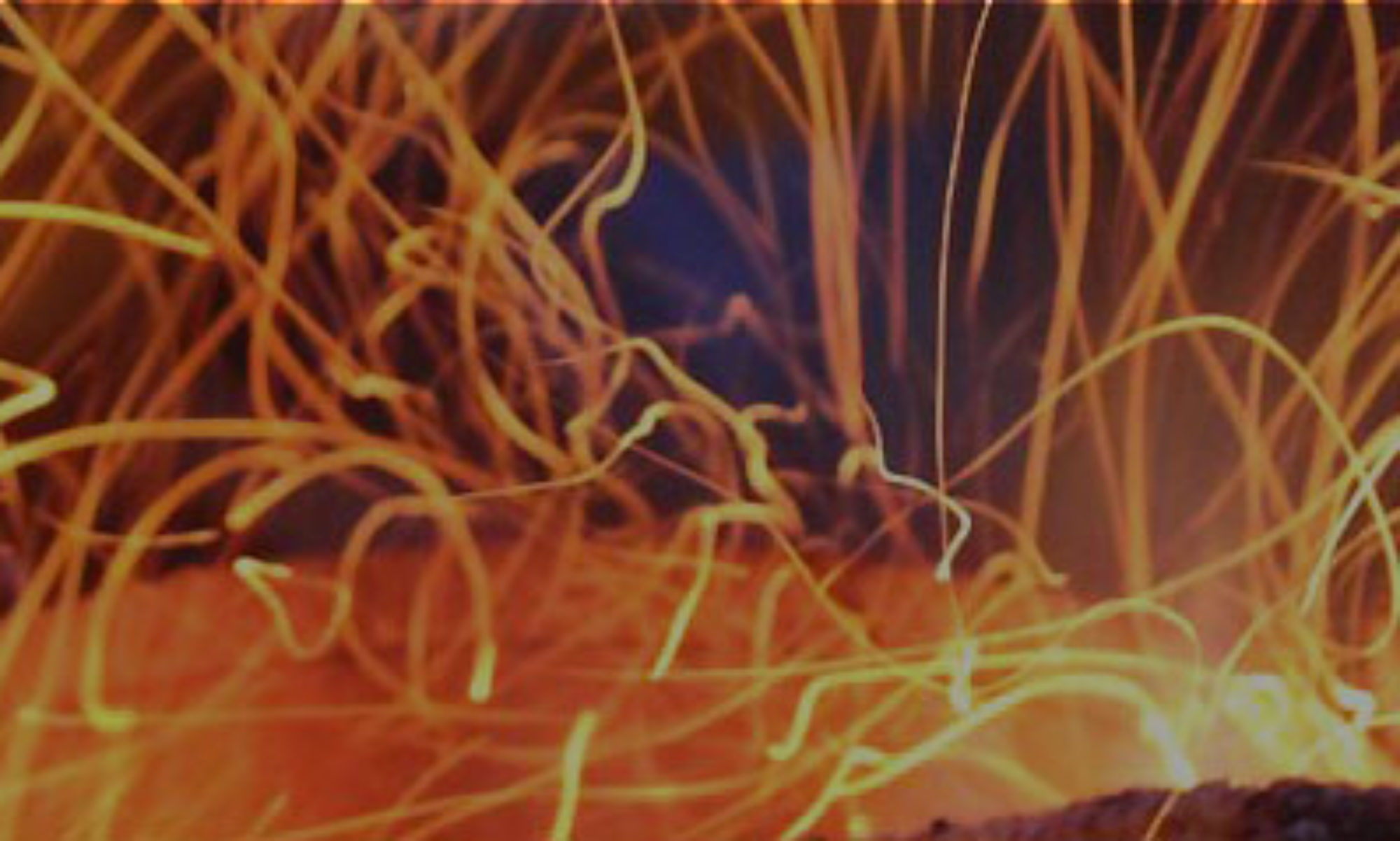Just returned from the Urban Affairs Association conference in Pittsburgh where there were a number of papers delivered about the role of media, art, and culture in the life of the city. Placemaking and the role of authentic experiences were front and center and the ways in which liveable and sustainable cities provide opportunities for their residents to interact in meaningful ways with each other and the space around them.
Reminded me of this piece in the Boston Globe a week and half ago written by local artist Donna Dodson – http://www.boston.com/business/blogs/global-business-hub/2012/04/art_as_commodit.html as well as the piece in Slate a couple of days ago about walkability – http://www.slate.com/blogs/moneybox/2012/04/17/_.html. Lowell is highlighted in both.
Making me wonder what are the other experiences and interactions that make Lowell a place? Also, I have had the feeling over the last couple of months that there is a swelling of engagement and activity happening especially with a group of younger leaders being visible — it is as though we are on the verge of a tipping point.
